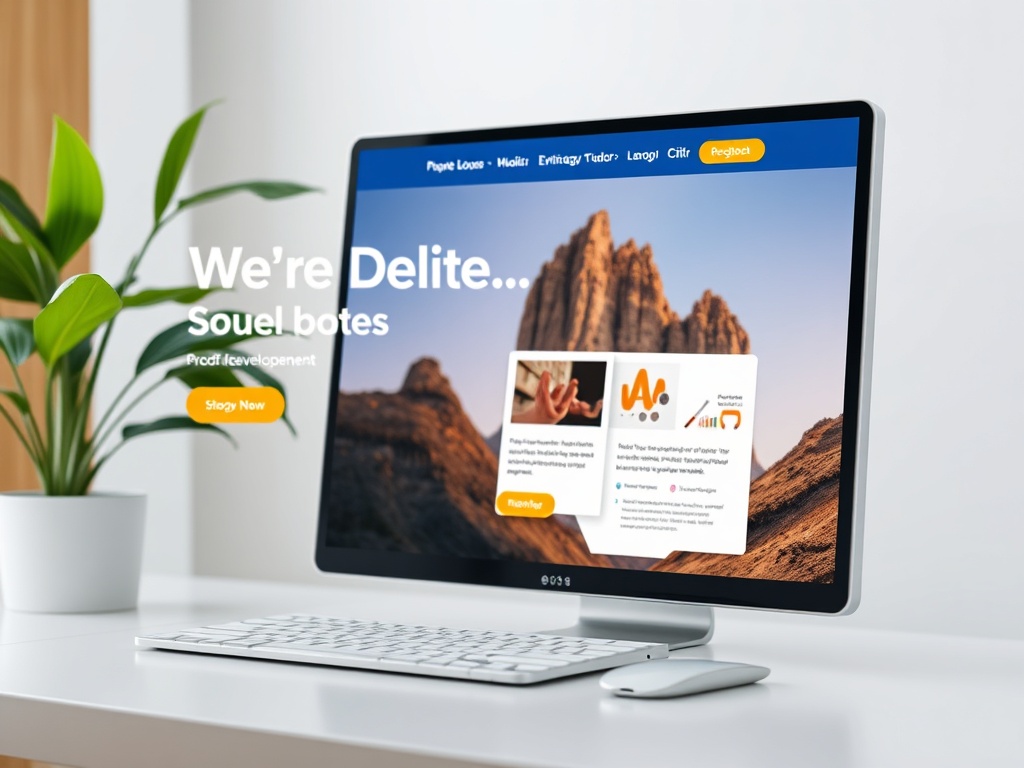Web performance is a competitive advantage that directly affects engagement, conversions, and search visibility. Fast, smooth experiences keep visitors on a site longer, lower bounce rates, and help pages rank better in search results. Focusing on performance is both a user-centered and business-centered investment.
What to measure
Start with Core Web Vitals: metrics that reflect loading experience, interactivity, and visual stability.
Largest Contentful Paint (LCP) measures when the main content becomes visible. Cumulative Layout Shift (CLS) tracks unexpected movement of page elements. First Input Delay (FID) has been succeeded by Interaction to Next Paint (INP) for a more comprehensive view of responsiveness. Use lab tools like Lighthouse and field tools such as Real User Monitoring (RUM) to capture real-world behavior and detect regressions.
Fast win optimizations
– Optimize images: serve responsive images with srcset, use next-generation formats (WebP, AVIF when supported), and employ lazy loading (loading=”lazy”) for offscreen visuals. Compress and resize images on the server or at the CDN edge.
– Reduce JavaScript footprint: audit bundles to remove unused code, split code for route-level loading, and prefer lightweight libraries.
Tools like modern bundlers can tree-shake and minify automatically.
– Defer noncritical work: mark nonessential scripts with defer or async, and move heavy initialization into user interactions or requestIdleCallback.
– Preload key resources: preload hero images, fonts, and critical scripts to shorten the critical rendering path.
Use rel=”preconnect” for third-party origins that are essential early.
– Optimize fonts: subset fonts, use font-display: swap to avoid invisible text, and preload the most important font files to minimize layout flashes.

Prevent layout shifts
CLS can be dramatically improved by reserving space for media and ad slots.
Always include width and height attributes or use CSS aspect-ratio for images and embeds. Avoid inserting content above visible content after initial render unless space is reserved.
Network and server techniques
– Use a CDN to serve static assets closer to users, and enable Brotli or Gzip compression for text-based files.
– Favor HTTP/2 or HTTP/3 where possible to benefit from multiplexing and reduced latency.
– Cache aggressively with sensible cache-control headers and use stale-while-revalidate strategies for content that can tolerate short freshness windows.
– Consider edge functions for personalization that runs close to users, reducing server round-trips for dynamic content.
Modern tooling and workflows
Adopt fast build tools and development servers that can significantly shorten feedback loops—look for bundlers with native ES module support and efficient caching. Integrate performance checks into CI using Lighthouse CI or automated budget tests so regressions are caught before deployment.
Measure continuously
Set performance budgets for key metrics like LCP, INP, and total JavaScript bytes. Monitor field data and correlate performance drops with releases to make targeted fixes quickly. RUM gives the most realistic picture because it captures diverse devices and networks.
Broader benefits
Performance improvements often boost accessibility and SEO at the same time.
Faster pages are more usable for users on slow networks and lower-power devices, and search engines favor pages that deliver consistently good user experiences.
Making incremental, measurable improvements and baking performance into the development lifecycle produces the best long-term results. Start with the biggest wins—images, JavaScript, and layout stability—then iterate with monitoring and automation to keep pages fast as features evolve.